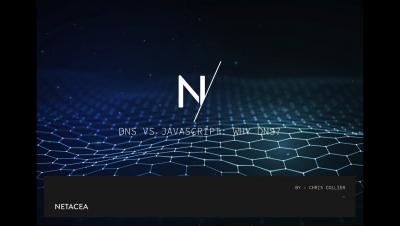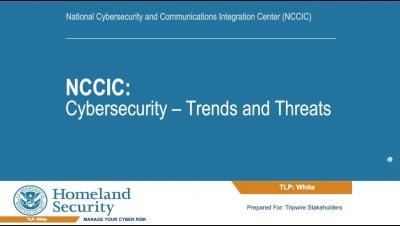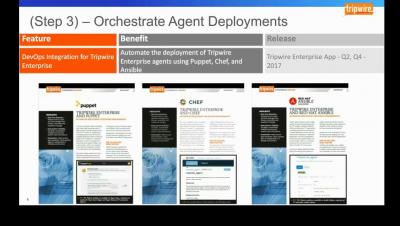Security | Threat Detection | Cyberattacks | DevSecOps | Compliance
Threat Detection
Building and Evaluating a Threat Intelligence Program (Part 2)
In the second part, we will take the discussion forward from where we left in the first part. Earlier, we have discussed the basics of threat intelligence and its types. In this post, we will discuss various considerations while building a threat intelligence plan.
Building and Evaluating a Threat Intelligence Program (Part 1)
In the previous post, we discussed the basics of Threat Intelligence and its types by throwing light on the concept of knowns and unknowns. In information security, any information which can aid the internal security team in the decision-making process and reduce the recovery time accordingly is considered as threat intelligence. This first part in this series of articles will discuss threat intelligence cycle and its importance.
Introduction to Threat Intelligence and Types
The phrase Threat Intelligence has slowly gained significance in the information security community and their discussions. With the decision makers considering it as a high priority requirement, vendors have launched an array of products which are indeed confusing for an executive with the managerial background. This is an introductory post in our series of detailed discussion on threat intelligence.
Information Leakage of Threat Intelligence, Incident & Status Data
Information leakage of threat intelligence, incident data, and status data can have several legal consequences for organizations. Information leakage can occur due to the misconduct of disgruntled employees or results in by virtue of a nefarious cyber-attack. The underlying sections will take a deep dive into two different scenarios—namely, The Trauma of IP Address Leakage and The Menace of Product Vulnerability Leakage.








